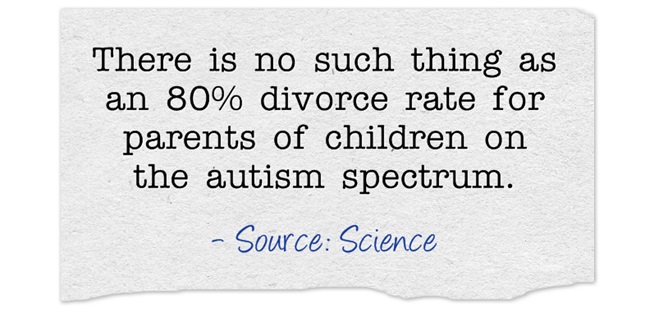But in our hypothetical scenario, in which, say, a parent of a newly diagnosed non-speaking child was viewing these same changes, I realize that it’s easy to get the wrong impression and think someone can get ‘more’ and ‘less’ autistic. Today, I’m going to clear that up.
For some background for those unfamiliar with Caley’s situation, lately she has been having more autism-related difficulties. She has a stronger need than usual for predictability – she needs routines and plans to remain unchanged right now, and if they are changed it’s highly distressing for her. She has greater sensory needs than usual, as well. Recently, Caley began biting at her wrists, due to sensory needs, too, so we bought her some chewelry (in this case, a chewable bracelet) to help her address that urge without hurting herself.
Caley’s also more sensitive to sensory sensations than usual. As a result, all the usual restaurants that we used to eat at are out of the question – now we have to eat the table furthest away from any other patrons in a quiet Japanese sushi restaurant. And having earplugs on hand is a must. She has greater difficulty coping with shopping trips, and more trouble functioning in daily life, whether it’s preparing food for herself or getting to class. In short, her functioning level at the moment is significantly below where it usually is (although, of course, it fluctuates day to day and moment to moment).
With all this as background, it’s easy to see how someone less familiar with autism might mistake these changes as coming from her autism itself changing. The reality, however, is far different from that. Caley is just as autistic as she has always been. The difference, however, lies in her coping abilities. Ordinarily, Caley can blend pretty well with neurotypicals. But doing all the neurotypical-seeming things – dealing with changes in routine without showing the strain, coping with sensory input, etc – take energy. (See ‘the spoon metaphor’ for more on this.) And the instant that Caley gets sick, or is dealing with depression, etc, the energy she normally uses to help her deal with the neurotypical world is used instead for dealing with this new problem.
Here's Caley's explanation:
"Since I’m having to deal with other things, the energy I normally use to deal with things like making sure I seem neurotypical-ish and cope with sensory things is diverted. The supposed “bad things” about being autistic get emphasized more."
Without the energy to devote to blending, Caley’s autistic characteristics seem to strengthen. But, again, that’s not a change in her autistic-ness – it’s a change in the energy she can devote to blending in.
I hope this helps explain some of the fluctuations in ability levels you may see in people on the spectrum and the reason behind them. Let us know what you think!
-Creigh


 RSS Feed
RSS Feed
